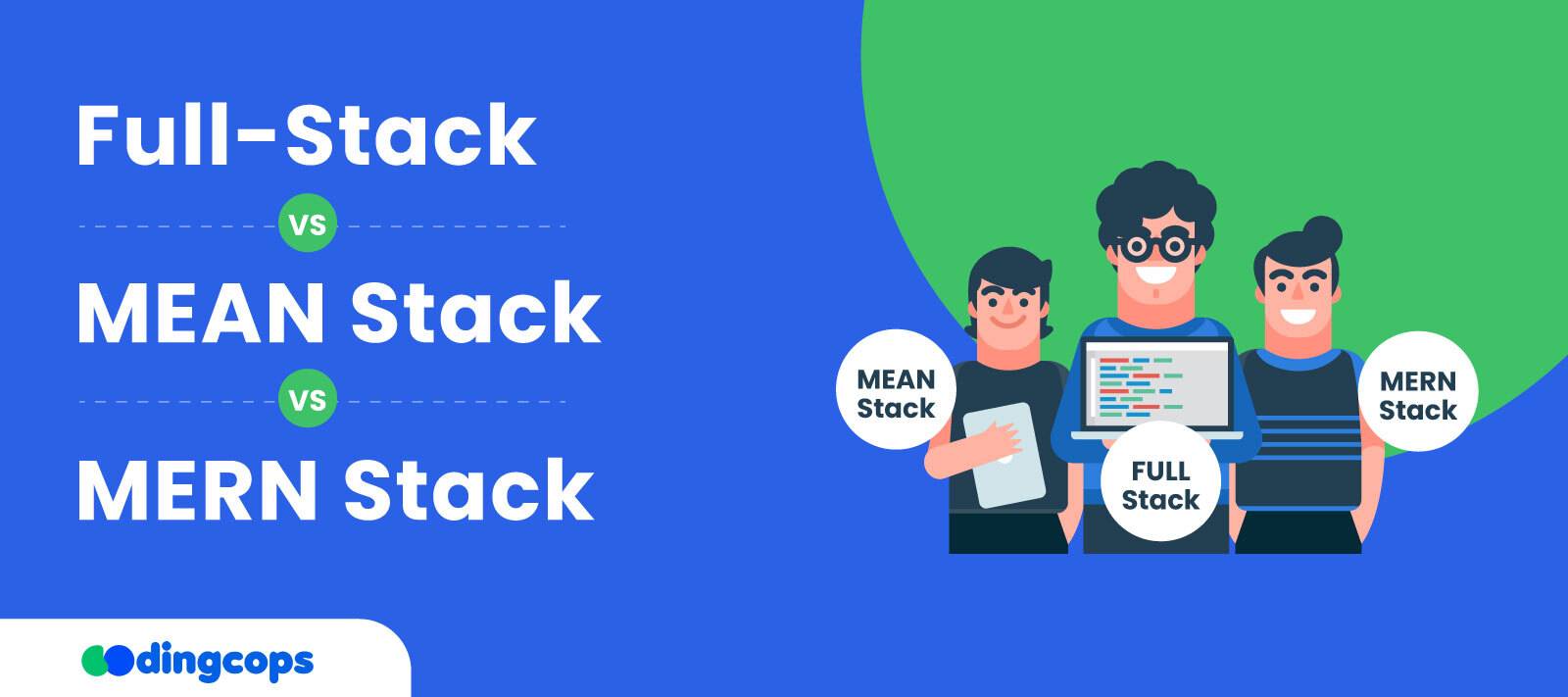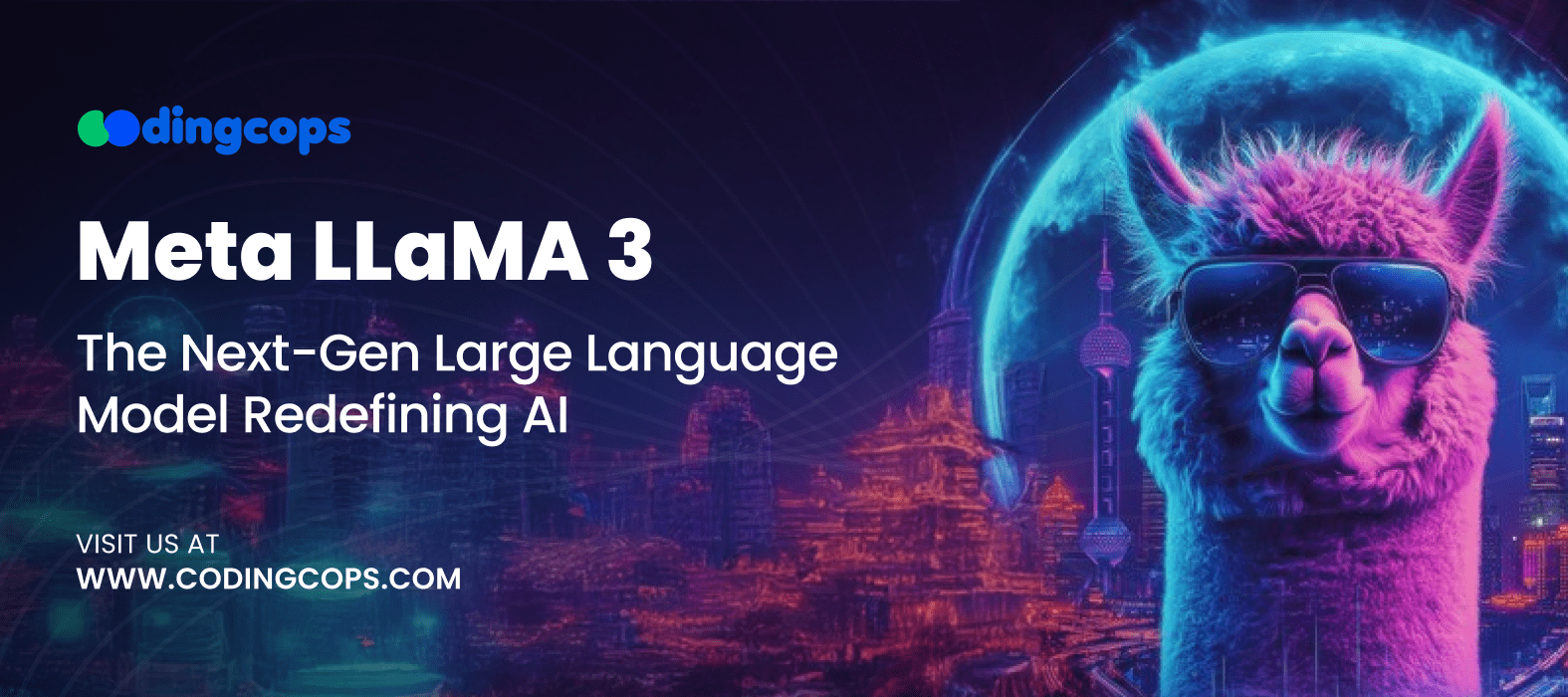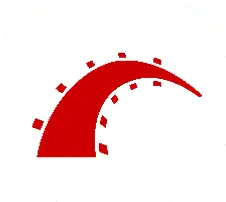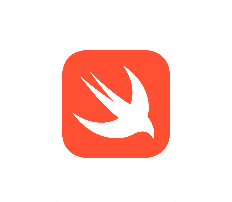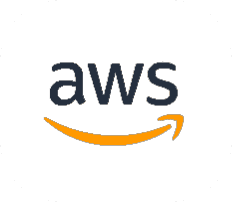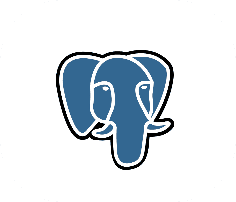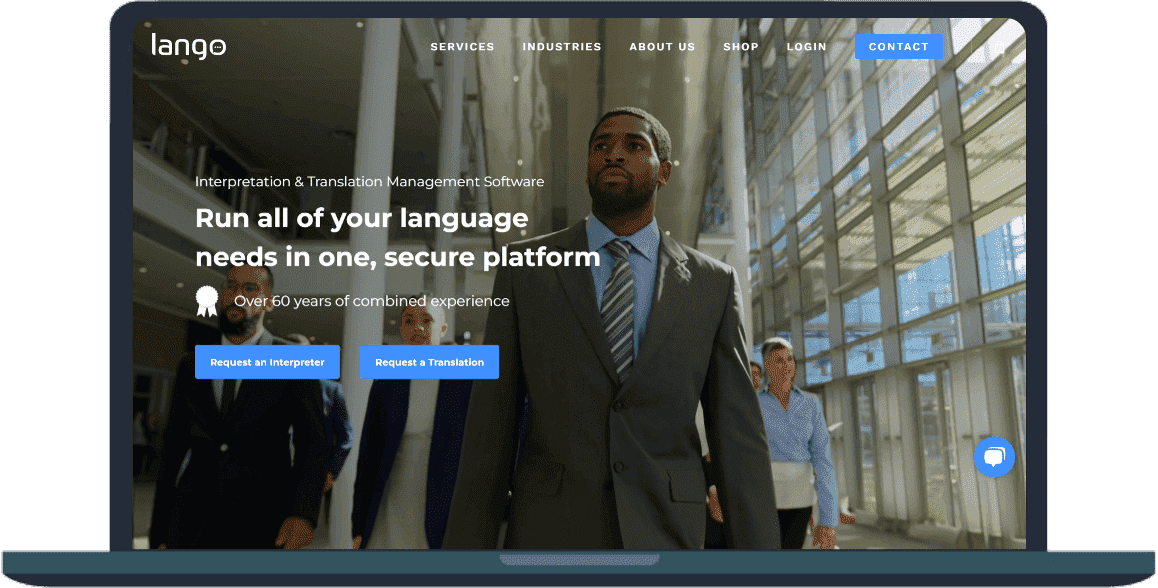There are many technologies available today that help developers to build feature-enriched mobile apps. Stack is the term most commonly used here. There are two main types of development stack; stack of apps and stack of technology.
Both of these stacks are used for creating mobile and web apps. The stack of technology comprises UI/UX solutions, frameworks, tools, patterns, libraries, and programming languages. Before choosing the best technology stack for your app from full-stack vs MEAN stack vs MERN stack, the best way is to compare all three.
What Is Full-Stack?

Full-stack is an old and traditional technology stack for creating apps. In this framework, a single programming language creates the front-end and back-end parts of a system.
A full-stack developer can have the skills to work on a full-stack part of an app that includes front-end, back-end, version control systems, database, APIs, and server.
Advantages
- As full-stack offers both front-end and back-end development, it saves time.
- It is a highly optimized framework and this increases performance.
- It offers increased effectiveness because developers can recycle code from previous projects.
- For full-stack app development, there is no need to hire more developers and this makes team management easier.
Disadvantages
- With a full-stack technology stack, adaptability is tricky.
- It is difficult to maintain and manage changes as both front-end and back-end are combined and it results in an extensive app.
What Is MEAN Stack?
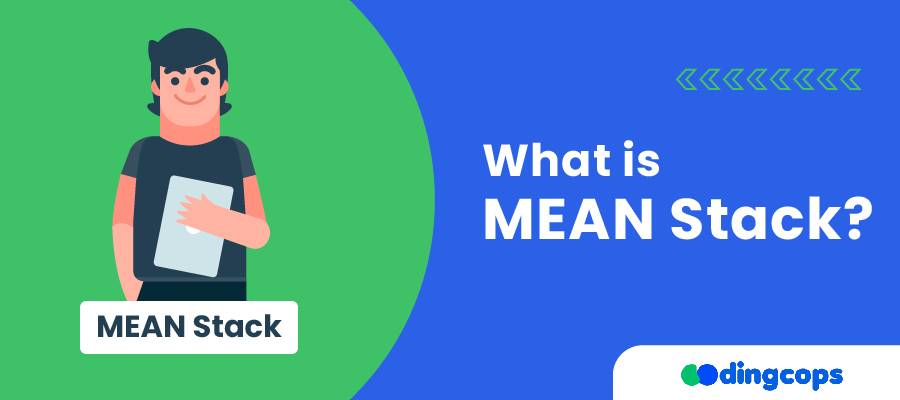
MEAN comprises JavaScript technologies and helps to create web apps and websites. It includes Node.js., Express.js, Angular.js, and MongoDB. The main feature of this framework is that it speeds up and simplifies the development process.
Many well-known companies like PayTm, YouTube, Tumblr, Flick, Forbes, and Shutterstock, use the MEAN technology stack for their mobile applications.
Advantages
- As there is no need for more programming languages, the MEAN stack increases productivity and streamlines the development process.
- As there will be one developer managing the front-end and back-end, it is a cost-effective option.
- It has some beneficial built-in functions like authentication/authorization, caching, and real-time communication.
- It smoothly integrates with cloud services and offers effective application development in cloud environments.
Disadvantages
- MEAN does not support some of the older versions of Internet Explorer and there will be compatibility issues.
- It is based on JavaScript and there is a need for more powerful security.
- There is less documentation on MEAN and beginners might face difficulty in learning the stack.
What Is MERN Stack?
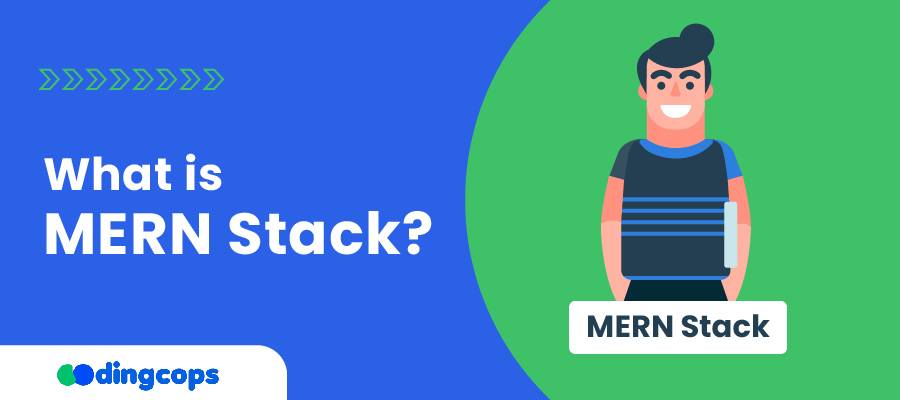
MERN is one of the most popular JavaScript stacks, and it is basically a combination of all the latest technologies used in the development of web apps. The majority of the big companies opt for the MERN stack while creating their mobile apps, for example, Netflix, Facebook, DropBox, and Instagram.
MERN stack includes different open-source components such as ExpressJS, React, MongoDB, and Node.js framework. These assist in offering end-to-end framework support.
Advantages
- MERN uses JavaScript and developers can use it for mobile, web, and desktop apps. Thus, it offers cross-platform development features.
- MERN developers use JavaScript for both front-end and back-end and this helps to save time and there is no need to switch between different languages.
- This framework comprises technologies like Node.js and React. These languages make it possible to develop fast-running apps that use MERN for online games, collaborative platforms, and chatting apps.
Disadvantages
- Not a perfect option for simple projects and it adds unnecessary complexity in small projects.
- There is a steep learning curve for the MERN stack for beginners.
- As MERN is relatively new, there are more chances of vulnerabilities.
Full-Stack vs. MEAN Stack vs. MERN Stack
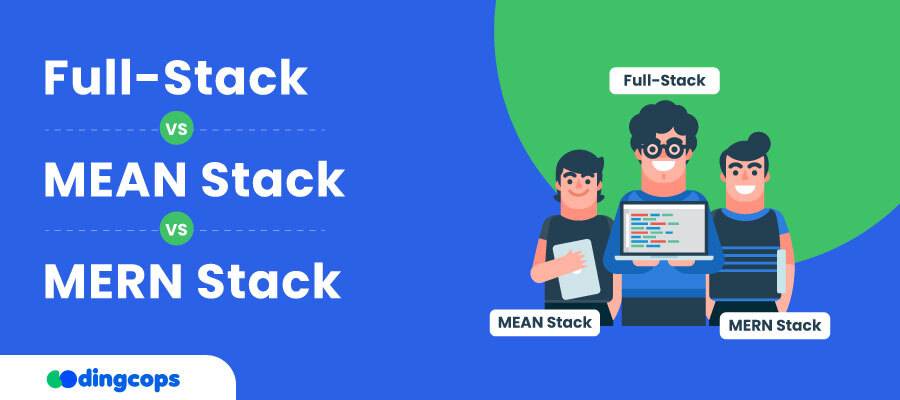
- Performance
MEAN stack and full-stack have the same performance level and both of them are suitable for web projects having moderate traffic.
Contrary to that, for projects where there is a lot of traffic like social media platforms, the MERN stack is the best choice as it can handle different requests simultaneously.
- Security
MERN stack is relatively new and there are some security issues that developers need proper time to fix.
On the other hand, the MEAN stack offers powerful security. As it has a JavaScript base, it provides better protection against vulnerabilities.
- User Experience
It is difficult to add features like scrolling effects, responsive layouts, and animations when it comes to the full-stack framework. There will be a need for extra code to implement such features.
MEAN stack and MERN stack offer exceptional user experience; however, the full-stack stack falls behind in this area.
- Development Time
When working with MERN stack and full-stack, there is a need for more time as there will be different languages for back-end and front-end development parts.
While, with the MEAN stack there will be less effort as well as time, and there are fewer programming languages involved.
- Community Support
As full-stack has been around for longer, it means it offers better community support.
However, the MERN stack and MEAN stack also have a responsive and active community and developers can easily find the required support.
Additionally, companies looking to adopt the MERN or MEAN stack may find it beneficial to Node.js developers as they are experts in using these technologies.
- Ease of Use
MERN stack and full-stack are difficult for beginners, especially for developers who are new to JavaScript.
MEAN stack has a simple and easy-to-understand model and there are a few technologies and concepts to deal with. Thus, this is easy to understand even for beginners.
- Features
When developers incorporate different technologies for front-end and back-end parts, the MERN stack surpasses the MEAN stack in terms of flexibility.
MEAN stack also comes with different valuable built-in features that offer an out-of-the-box experience. Full-stack has an array of features as well but does not offer the same integration level. For businesses, it is a beneficial option to React developers as they’re skilled in developing dynamic user interfaces.
- Productivity
Full-stack offers debugging at an early stage and makes it easier to identify and resolve issues, particularly when developers use the right bug-tracking tools.
MERN and MEAN stacks simplify the development process by using a single programming language and thus increase productivity.
Conclusion
There is no such term as perfect stack when it comes to web development. Choosing the best stack depends on the needs of your project as each stack has its own advantages and disadvantages. When you know which features and functionalities you need for your project, the decision-making process becomes easier.
More Related Blogs
- React vs. Backbone.js
- Top 10 Future of React in 2024
- React Lifecycle Methods
- React State Management Libraries

